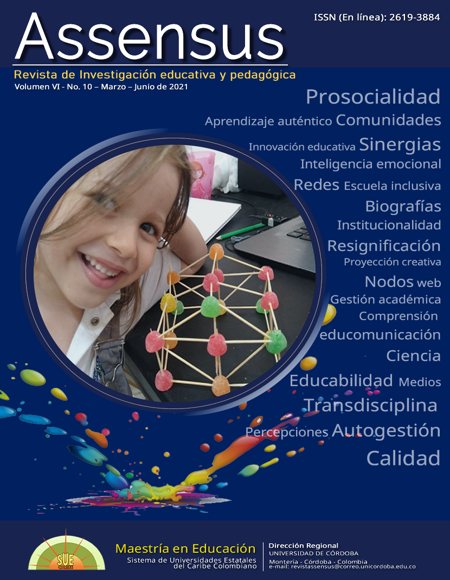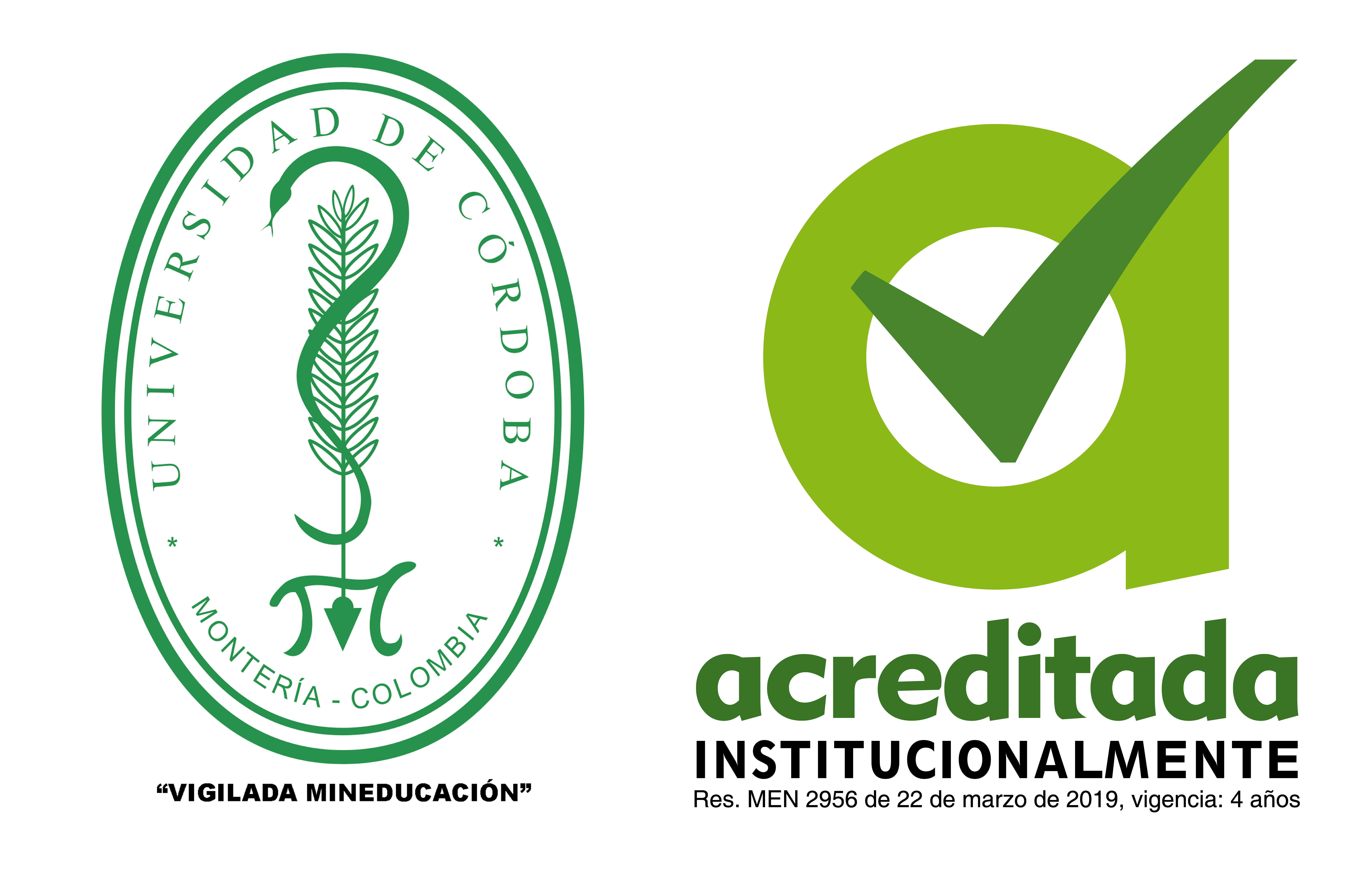The problem-solving for the study of cartesian coordinates in secondary level students
La resolución de problemas para el estudio de coordenadas cartesianas en estudiantes del nivel secundario
The Assensus journal has a Creative Commons license. The citation, use and partial or total reproduction of the contents is authorized by citing sources. For more information, see https://creativecommons.org/licenses/by-sa/4.0/deed.en
Show authors biography
This paper shows the effect of the application of the problem-solving strategy on the development of geometric skills and its impact on academic performance. In the intervention, the topic of the location of points and figures in the cartesian plane was developed, to a group of 31 first grade students of the Secondary Level in an Educational Center of the Monte Plata Province in the Dominican Republic. The study used a quasi-experimental methodological design with a quantitative approach and correlational scope, with a non-probabilistic sample without randomization, with an intact group and a pre-test and post-test design. The results of this research show that, through the application of the problem-solving strategy, students developed geometric skills that greatly improved learning on the topic of the location of points in the cartesian plane. Corroborated by a growth in the average of the qualifications from 34.38% obtained in the pre-test, to 82.73% that they reached in the post-test, with which it can be stated that there are significant differences in achievement levels (P_valor= .015). In addition, the results of the post-test indicate that there is no relationship between the sex of the students and the grades obtained when the heuristic is applied. It can be highlighted that the strategy was highly valued by the students.
Article visits 971 | PDF visits
Downloads
- Arévalo, D. & Padilla, C. (2016). Medición de la confiabilidad del aprendizaje del programa RStudio Mediante Alfa de Cronbach. Revista Politécnica, 37(1), 68-75. Recuperado de https://revistapolitecnica.epn.edu.ec/ojs2/index.php/revista_politecnica2/article/view/469
- Aristizábal, C. (2014). Fortalecimiento del proceso de comprensión de problemas matemáticos, a través del diseño y la implementación de un Material Educativo Computarizado. (Tesis de Maestría, Universidad Nacional de Colombia-Sede Manizales). Recuperado de: https://core.ac.uk/download/pdf/77267033.pdf
- Barrantes, M., Balletbo, I. & Fernández, M. (2013). Enseñar geometría en secundaria. Academicus. 1(3), 26-33. Recuperado de http://www.ice.uabjo.mx/media/15/2017/04/Art3__3.pdf
- Campo-Arias, A. & Oviedo, H. (2008). Propiedades psicométricas de una escala: la consistencia interna. Revista de Salud Pública, 10(5), 831-839. Recuperado de https://www.scielosp.org/article/rsap/2008.v10n5/831-839/es/
- Escobar, J. & Cuervo, A. (2008). Validez de contenido y juicio de expertos: una aproximación y su utilización. Avances en Medición, 6(1). 27-36. ISSN 1692-0023.
- González, E. (2012). Estrategias de aprendizaje utilizadas por los estudiantes de geometría y su relación con el rendimiento académico. REDHECS, 12, 114-124. Recuperado de: http://ojs.urbe.edu/index.php/redhecs/article/view/274
- Hernández, R. & Mendoza, C. (2018). Metodología de la Investigación. Las rutas cuantitativa, cualitativa y mixta. México: McGraw-Hill Interamericana Editores. ISBN: 978-1-4562-6096-5.
- León, J. (2011). Estrategia Didáctica para el Desarrollo de Habilidades Geométricas en el Primer Ciclo de la Educación Primaria. (Tesis Doctoral, Universidad de Ciencias Pedagógicas Conrado Benítez García, Cienfuegos Cuba). Recuperado de: http://beduniv.reduniv.edu.cu/fetch.php?data=761&type=pdf&id=761&db=1
- Martínez, T. (2018). Influencia del método didáctico de resolución de problemas en el aprendizaje de Matemática I de los estudiantes del I ciclo. (Tesis de Maestría. Universidad Nacional de Educación Enrique Guzmán y Valle, Lima, Perú). Recuperado de: http://repositorio.une.edu.pe/handle/UNE/2423
- Muñoz, D. & Araya, D. (2017). Los desafíos de la evaluación por competencias en el ámbito educativo. Educação e Pesquisa, 43(4), 1073-1086. https://doi.org/10.1590/s1678-4634201706164230
- Organización para la Cooperación y el Desarrollo Económico (OECD). (2018). PISA 2018, Insights and Interpretations. Recuperado de https://r.issu.edu.do/l?l=10908YDt
- Rojas-Bello, R. (2020). Introducción del GeoGebra en el proceso de enseñanza-aprendizaje de Geometría a docentes en formación. RECIE. 4(1). 124-134. https://doi.org/10.34541/recie2020.v4i1.pp124-134
- Torres, A. & Lozano, D. (2018). Del mundo sensible al mundo geométrico: Una propuesta para desarrollar las habilidades de orientación espacial en mapas y planos. (Tesis de Maestría, Universidad del Cauca, Florencia, Colombia). Recuperado de http://repositorio.unicauca.edu.co:8080/xmlui/handle/123456789/1163
- Vargas, G. & Araya, R. (2013). El modelo de Van Hiele y la enseñanza de la Geometría. Uniciencia, 27(1), 74-94. Recuperado de: https://www.redalyc.org/pdf/4759/475947762005.pdf



